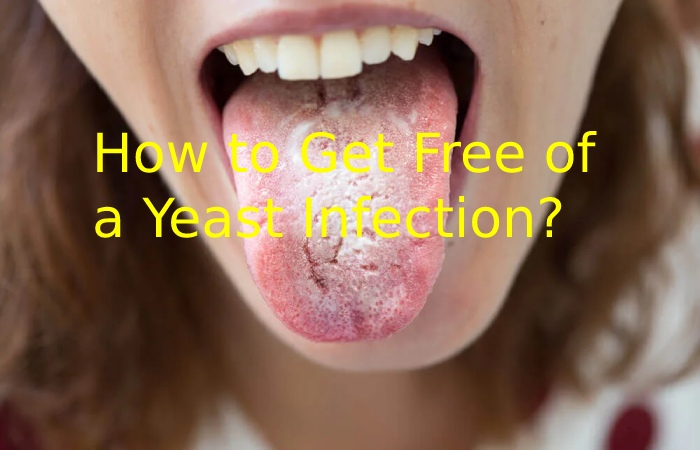A yeast infection is a mutual kind of yeast infection, and it usually affects the genital area and causes pain, itching, and discharge. But how do you treat a yeast infection at home?

Women are more prone to vaginal yeast infection, 75% having at least one in their lifetime. Still, men can also get a genital yeast infection.
A fungus called Candida allicins is the most common cause of these infections. However, other types of fungi can also be responsible.
There are a variety of treatments for yeast infections, including many home remedies that you can give yourself. This article explores eight home remedies for yeast infections and helps you find the best treatment for you.
Yeast infections can be treated at home with antifungal creams available at pharmacies and drugstores.
It can treat yeast infections quickly and successfully at home in many cases. Can do with over-the-counter products or with alternative therapies.
Anecdotal reports suggest that many women find relief with these home treatments.
However, scientific evidence varies as to the effectiveness of these alternative therapies.
Table of Contents
1. Over-the-Counter Treatments
Cav buys Antifungal treatments in the form of creams or pessaries without a prescription to treat yeast infections. You can buy them over the counter and online, or you can find them at:
- pharmacy
- Pharmacy
- supermarkets
Depending on the product, treatment can be for external or internal use and treat the infection with:
- single application
- Three days of application
- one week application
Internally applied treatments have cured over 80% of vaginal yeast infections. These contain potent antifungals called azoles.
2. Boric Acid
Boric acid vaginal capsules can help women who have a yeast infection. These can be especially helpful for women with common impurities.
The Centers for Disease Control and Anticipation (CDC) suggests a dose of 600 mg of boric acid in a capsule to insert vaginally once a day for 14 days. Before buying a suppository, consult a doctor.
Some research reports that topically practical boric acid and antifungal flu cytosine successfully treat about 70% of women with this problem. This study saw women with yeast infections who did not respond to azole-based antifungal treatments.
3. Tea Tree Oil
Tea tree oil has antifungal properties that can kill yeasts and fungi.
Traditionally, tea tree oil has secondhand for its antifungal properties. A review of studies on this essential oil confirmed its ability to kill various yeasts and fungi.
In most studies reviewed, tea tree oil verified to treat candida Albian’s, one of the most common fungi in vaginal infections.
Vaginal suppositories containing tea tree oil have show to treat vaginal yeast infections. Some women report relief by adding diluted tea tree oil to a tampon and inserting it into the vagina overnight.
However, many precautions should take when using tea tree oil, as it can irritate the skin and the vaginal walls are susceptible.
Tea tree is an essential oil and should mixed with a base oil. Can soaked the tampon in a mixture of 3 to 5 drops of tea tree oil in 1 ounce of lukewarm coconut oil. It is essential to change your tampon regularly.
Additionally, people can be allergic to tea tree oil. Try using the diluted oil on a dime-sized area on your forearm, and if you don’t react within 12 to 24 hours, it can be safe to use on the genital area, which is more sensitive.
Other research indicates that a section of tea tree oil (terpinen-4-ol) improves the function of fluconazole, a common antifungal drug. is in cases of drug resistant Candida allicins.
4. Probiotic Supplements
Certain probiotic supplements can offer a natural solution to yeast infection. You can get them at drugstores and health food stores, or online.
Some probiotic supplement brands sell specially formulated products.
